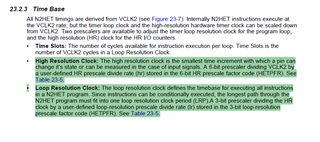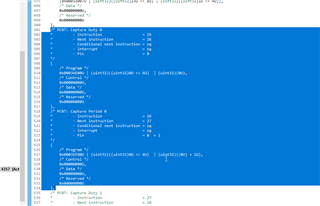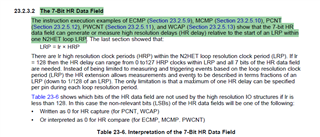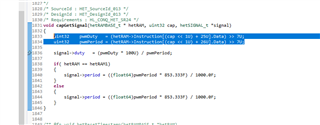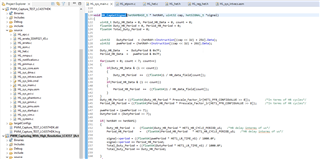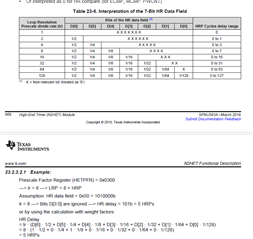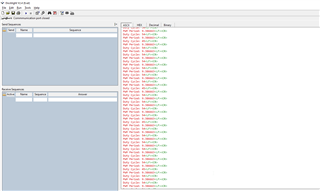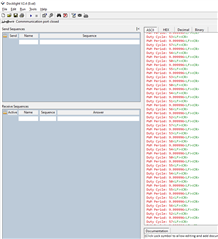Other Parts Discussed in Thread: HALCOGEN
Tool/software:
Hello, Guys:
Now I have used TMS570LS0914 to monitor a input signal, Which cycle and duty are variable.
I want use N2HET to detect the max high level times (500uS) and the max duty (40%), and the min level times Tmin > 2us.
So, I want the N2HET code can detect high level times and signal duty, When the high level time > 500uS or Signal duty > 40%
then the N2HET code issued a interruput to CPU.
So please give me some idea about this case.
thanks!!


